표면 처리는 재료 엔지니어링의 숨은 영웅입니다. 다음과 같은 경우 카바이드 플레이트이러한 처리는 시간의 시험을 견디는 제품과 그렇지 못한 제품의 차이를 의미할 수 있습니다.
카바이드 플레이트 표면 처리란 무엇인가요?
카바이드 플레이트는 텅스텐 카바이드와 바인더(주로 코발트)의 합성물로 만들어집니다. 뛰어난 경도와 내마모성으로 인해 공구, 광업 및 제조와 같은 산업에서 널리 사용되는 소재입니다. 하지만 이렇게 견고한 소재도 마모와 손상에 영향을 받지 않는 것은 아닙니다. 그래서 표면 처리가 필요합니다.
카바이드 플레이트의 표면 처리에는 재료의 표면 특성을 향상시키는 공정 또는 코팅을 적용하는 것이 포함됩니다. 이미 튼튼한 기사에게 갑옷을 입히는 것과 같다고 생각하면 됩니다. 이러한 처리를 통해 경도를 개선하고 마찰을 줄이며 내식성을 향상하고 플레이트의 수명을 연장할 수 있습니다.
이것이 왜 중요한가요? 처리되지 않은 카바이드 플레이트는 한동안은 뛰어난 성능을 발휘할 수 있지만 결국 마모나 환경적 손상에 취약해집니다. 특정 용도에 맞게 표면을 맞춤화하면 뛰어난 성능과 수명을 확보할 수 있습니다.
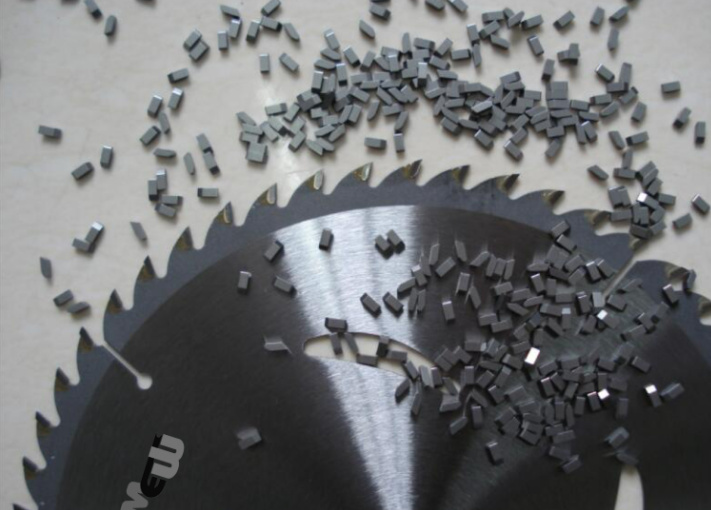
일반적인 표면 처리 기술 카바이드 플레이트 표면 처리
카바이드 플레이트 표면 처리는 획일적이지 않습니다. 적용 분야와 원하는 특성에 따라 다양한 기술이 사용됩니다. 가장 일반적인 몇 가지 방법을 살펴보겠습니다:
1. 화학 기상 증착(CVD)
CVD는 고온에서 화학 반응을 통해 카바이드 플레이트에 얇은 재료 층을 증착하는 방식입니다. 결과는? 매우 매끄럽고 매우 단단한 표면이 탄생합니다. 정밀도와 내구성이 중요한 애플리케이션에 이상적입니다.
2. 물리적 기상 증착(PVD)
CVD와 마찬가지로 PVD는 물리적 공정을 사용하여 박막을 증착합니다. 카바이드 판에 첨단 기술을 적용하는 것과 비슷합니다. 이 방법은 내마모성을 개선하고 마찰을 줄이는 데 특히 효과적입니다.
3. 열 스프레이
열 스프레이는 보호용 갑옷을 입힌다고 생각하면 됩니다. 세라믹이나 금속 분말과 같은 재료를 녹여 카바이드 플레이트에 분사하는 방식입니다. 이 코팅은 열악한 환경과 마모성 조건을 견딜 수 있습니다.
4. 전기 도금
전기 도금은 일반적으로 크롬 또는 니켈과 같은 금속층을 플레이트에 추가합니다. 이 방법은 내식성을 향상시키고 표면에 광택과 반사 마감을 부여합니다. 미적 및 기능적 목적으로 자주 사용됩니다.
5. 질화
질화에는 질소를 카바이드 플레이트의 표면으로 확산시키는 과정이 포함됩니다. 그 결과 매우 단단하고 내마모성이 강한 층이 만들어집니다. 마치 격렬한 작업을 처리할 수 있는 보호막을 플레이트에 부여하는 것과 같습니다.
6. 샷 피닝
샷 피닝은 작고 둥근 입자로 표면을 폭격하여 압축 응력을 유도합니다. 마치 접시를 마사지하는 것과 비슷하지만, 이완 대신 피로 저항력을 높이고 균열을 방지합니다.
7. 레이저 클래딩
레이저 클래딩은 고에너지 레이저를 사용하여 코팅 재료를 플레이트에 접착합니다. 이 기술은 정밀하며 특정 용도에 맞는 맞춤형 표면을 만들 수 있습니다.
8. 연마 및 연마
때로는 가장 좋은 표면 처리는 고전적인 방법일 수 있습니다. 연마 및 연마는 표면을 다듬어 매끄러움을 개선하고 마찰을 줄입니다. 이는 종종 다른 처리의 마무리 작업으로 사용됩니다.
9. 산화 처리
제어된 산화는 내식성을 향상시키고 마모를 줄이는 얇은 산화물 층을 만듭니다. 이는 카바이드 플레이트를 보호하는 간단하면서도 효과적인 방법입니다.
10. 플라즈마 질화
이 고급 버전의 질화는 플라즈마를 사용하여 확산 과정을 개선합니다. 그 결과 극한의 환경에서도 견딜 수 있는 더욱 단단하고 내구성 있는 표면이 만들어집니다.
카바이드 로드 표면 마감의 핵심 요소
카바이드 플레이트의 표면 마감 기술을 선택할 때 고려해야 할 몇 가지 중요한 사항은 다음과 같습니다:
| 팩터 | 설명 |
|---|---|
| 경도 | 이 처리를 통해 소재의 마모 및 마모에 대한 저항력이 증가하나요? |
| 마찰 감소 | 표면을 더 매끄럽게 만들어 에너지 손실이나 열 발생을 줄이나요? |
| 내식성 | 습기, 화학 물질 또는 기타 부식성 물질에 대한 노출을 견딜 수 있나요? |
| 비용 | 특정 애플리케이션에 적합한 비용 효율적인 치료법인가요? |
| 애플리케이션 환경 | 이 치료법은 고강도, 고온 또는 마모성 조건에 적합한가요? |
| 장수 | 이 치료로 플레이트의 수명이 얼마나 연장되나요? |
| 미학 | 이 처리를 통해 플레이트의 시각적 매력이 향상되나요? |
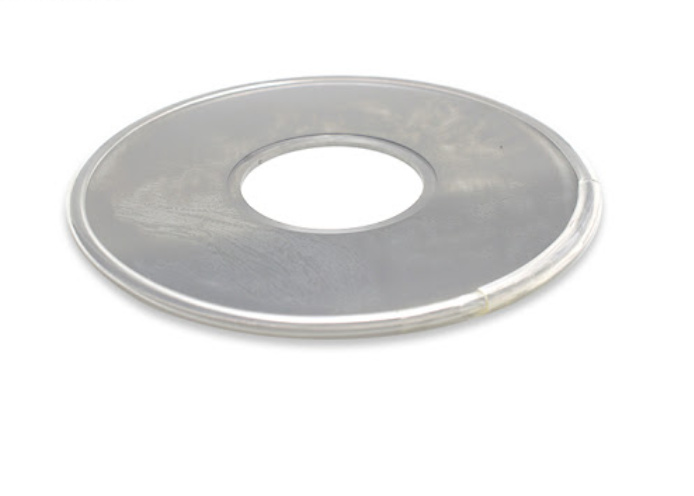
표면 처리의 이점 카바이드 플레이트 표면 처리
표면 처리는 다양한 이점을 제공하므로 카바이드 플레이트를 사용하는 모든 사람에게 현명한 투자가 될 수 있습니다. 자세히 살펴보겠습니다:
1. 향상된 내구성
표면 처리는 외부 층을 강화하여 카바이드 플레이트의 마모, 충격, 피로에 대한 저항력을 높입니다. 이미 견고한 소재에 보호 층을 하나 더 추가했다고 생각하면 됩니다.
2. 성능 향상
마찰을 줄이거나 경도를 높임으로써 처리된 카바이드 플레이트는 까다로운 환경에서 더 나은 성능을 발휘합니다. 최적의 속도와 효율성을 위해 자동차 엔진을 튜닝하는 것과 같습니다.
3. 더 긴 수명
처리된 플레이트는 훨씬 더 오래 사용할 수 있어 교체 및 유지보수 비용을 절감할 수 있습니다. 시간이 지남에 따라 이는 운영 비용 절감으로 이어집니다.
4. 다용도성
적절한 처리를 통해 단일 카바이드 플레이트를 다양한 용도에 맞게 맞춤 제작할 수 있습니다. 최고의 커스터마이징과 적응성을 제공합니다.
5. 내식성
특정 처리로 녹과 화학적 손상을 방지하여 열악한 환경에서도 플레이트의 무결성을 보장합니다.
처리된 애플리케이션 카바이드 플레이트
처리된 카바이드 플레이트는 다양한 산업 분야에서 사용됩니다. 다음은 몇 가지 예시입니다:
- 툴링: 내구성과 정밀도가 향상된 처리된 플레이트는 절단 및 드릴링 도구에 이상적입니다.
- 채굴: 처리된 플레이트는 마모와 충격 등 채굴 작업의 혹독한 조건을 견뎌냅니다.
- 제조: 금형에서 마모 부품에 이르기까지 처리된 플레이트는 효율성을 개선하고 가동 중단 시간을 줄입니다.
- 항공우주: 이 까다로운 산업에서는 고성능 소재가 매우 중요하며, 처리된 카바이드 플레이트가 이에 적합합니다.
- 의료 기기: 표면 처리된 카바이드 플레이트는 정밀도와 수명을 위해 수술 도구에 사용됩니다.
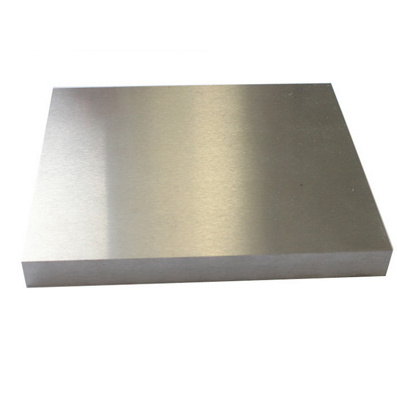

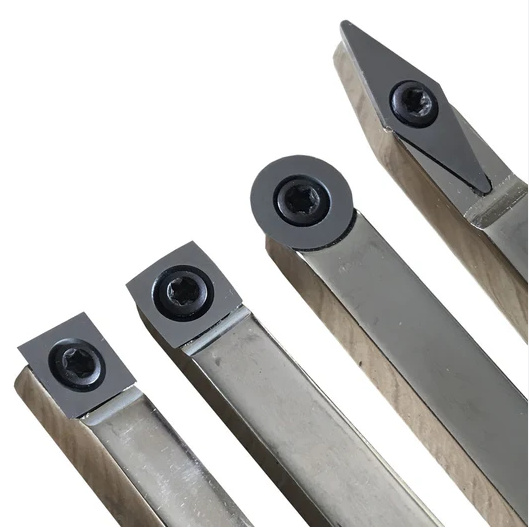
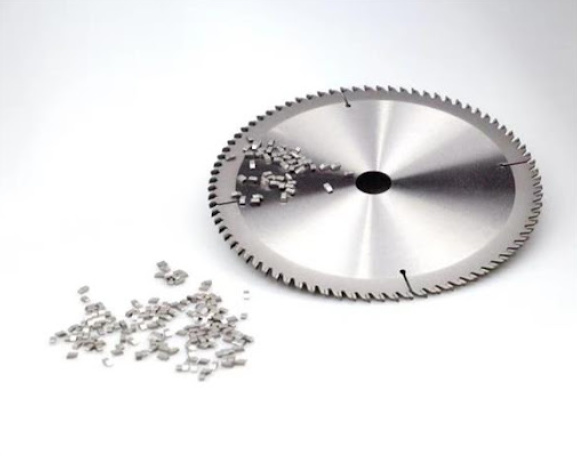


자주 묻는 질문
| 질문 | 답변 |
|---|---|
| 카바이드 플레이트의 표면 처리 목적은 무엇인가요? | 경도, 내마모성, 부식 방지와 같은 특성을 향상시킵니다. |
| 어떤 산업에서 초경합금 판재의 이점을 가장 많이 누릴 수 있을까요? | 툴링, 광업, 제조, 항공우주 및 의료 산업. |
| 올바른 치료법은 어떻게 선택하나요? | 애플리케이션 환경, 예산, 원하는 속성 등의 요소를 고려하세요. |
| 표면 처리는 비용이 많이 드나요? | 비용은 다양하지만 수명이 연장되고 성능이 향상되면 초기 비용을 능가하는 경우가 많습니다. |
| 여러 치료법을 함께 사용할 수 있나요? | 예, 여러 기술을 서로 보완하여 결과를 향상시킬 수 있습니다. |


